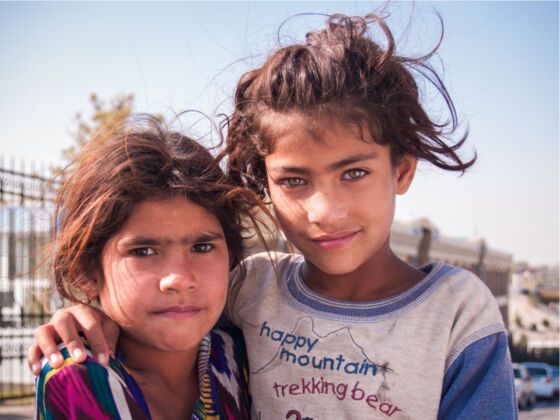As the refugee crisis continues to unfold in the news, it’s easy to get lost in the Facebook and Twitter headlines and misconstrue the facts. This issue is far more complex and nuanced than any one article or headline can tackle, but here are at least a few common misconceptions spreading around social media that do not tell the entire story:
1.Most of the people trying to enter Europe don’t really need to be there. They are just looking for a better economy.
While debating this issue, there’s been a lot of confusion between “refugee” and “migrant”. Making the distinction between each is important. A “migrant” comes to take advantage of another country’s economic opportunity, while a “refugee” is a person leaving their home country only out of utmost necessity for survival.
